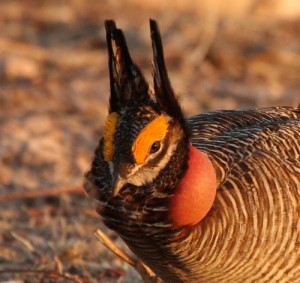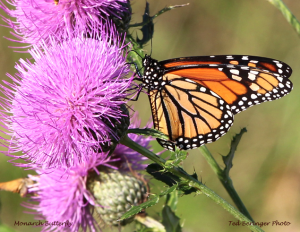From Outdoor Daily News
Resident hunters and hunters purchasing deer permits available over the counter can obtain their 2017 permits beginning August 1. Deer permits available over the counter for the 2017 season include:
Resident Any-Season White-tailed Deer permits – valid for one white-tailed deer buck, doe or fawn – may be used statewide in any season, using equipment legal for that season.
$42.50 General Residents
$22.50 Resident Landowner/Resident Tenant
$87.50 Nonresident Tenant
$12.50 Resident Youth (15 and Younger)
Resident Archery Either-species/Either-sex Deer permits – valid for one white-tailed or mule deer buck, doe or fawn – may be used statewide with archery equipment only during archery season.
$42.50 General Residents
$22.50 Resident Landowner/Resident Tenant
$87.50 Nonresident Tenant
$12.50 Resident Youth (15 and Younger)
Resident Muzzleloader Either-species/Either-sex Deer permits – valid for one white-tailed or mule deer buck, doe or fawn – may be used either in the East Zone (3, 4, 5, 7, 16) OR the West Zone (1, 2, 17, 18) during the early muzzleloader season and the regular firearm season. Hunters may use muzzleloading equipment only with this permit.
$42.50 General Residents
$22.50 Resident Landowner/Resident Tenant
$87.50 Nonresident Tenant
$12.50 Resident Youth (15 and Younger)
Hunt-Own-Land Deer Permits – valid any white-tailed or mule deer only on land owned or operated by the landowner or tenant during muzzleloader, archery, and firearm seasons using equipment legal for that season – are $22.50. These permits may only be obtained by individuals who qualify as resident landowners or tenants, including family members living with the landowner or tenant.
Resident Antlerless White-tailed Deer permits – valid for any white-tailed deer without a visible antler protruding from the skull – are available to any hunter who has first purchased a resident deer permit that allows the taking of an antlered deer, unless the antlerless permit is purchased on or after Dec. 30.
$22.50 General Residents
$10.00 Resident Youth (15 and younger)
Hunters may obtain up to five Antlerless White-tailed Deer permits; the first is valid in Deer Management Units 1 thru 17 and 19, including lands managed by the Department. Additional Antlerless White-tailed Deer permits are valid in units 1, 2, 3, 4, 5, 7, 10A, 11, 12, 13, 14, 15 and 19, on private land with landowner permission, Walk-In-Hunting Areas, and Glen Elder, Kanopolis, Lovewell, Norton, Webster and Wilson Wildlife Areas and Kirwin National Wildlife Refuge.
No Antlerless White-tailed Deer permits are valid in Unit 18, and Either-Species Antlerless-Only permits are not available for 2017.
For more information, visit ksoutdoors.com or call (620) 672-5911.


